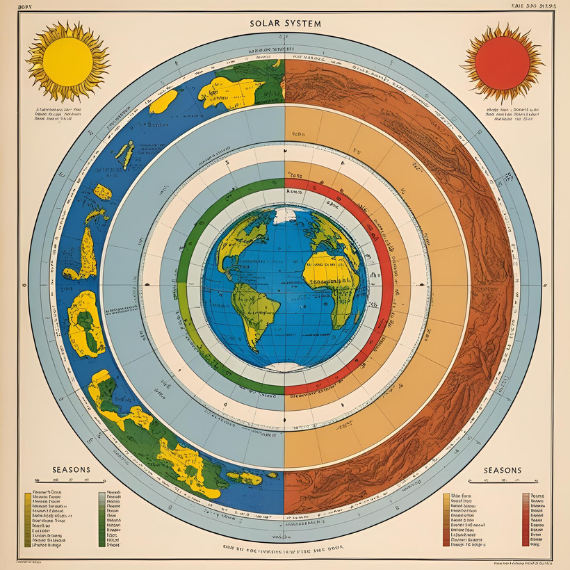Holiday history: all about Mother’s Day
On Sunday, May 10, Americans will be celebrating and honoring all mothers during the annual Mother’s Day holiday. On this day, children are known to go to great lengths as they prepare breakfast for their mothers and buy them flowers, all in an effort to display their gratitude. However, what the majority of people are not knowledgeable of is how this beloved holiday arose. When did Mother’s Day first begin? How did the flower bringing and other gift-giving practices that Americans engage in today come about?
Though 1908 is considered to be the first large-scale celebration of Mother’s Day, there were a few similar movements that took place far before this time that can be connected to the holiday. For instance, in ancient Egypt, Isis was believed to be a goddess who symbolized motherhood, and festivals were held in her honor each year, for she was considered to be the ideal wife and mother of all the pharaohs of Egypt. The ancient Greeks soon followed suit, and they partook in springtime rituals in celebration of Rhea, the “mother of all gods.” At dawn, the Greeks would prepare offerings of cakes and flowers for Rhea, traditions that resemble current Mother’s Day tendencies. Above all else, the United Kingdom’s “Mothering Sunday” gradually transitioned into the secular tradition known today; it was celebrated on the fourth Sunday of Lent as a day where people would take the time to return to their “mother” church for a special service. Returning parishioners would gather flowers to take to their churches, and this day also became a time for families to reconnect as they were brought to the main place of worship in the area and reunited as a family.
Prior to the outbreak of the Civil War, Ann Reeves Jarvis of West Virginia formed “Mothers’ Day Work Clubs” tasked with teaching local women how to properly care for their children. Soon enough, these clubs became a unifying force as the country was divided over slavery and secession debates. In 1868, Jarvis organized “Mothers’ Friendship Day,” where mothers met with former Union and Confederate soldiers to promote reconciliation. Once Jarvis’ own mother died in 1905, she demanded that a special day be created where mothers could be shown the respect and love they deserved. After financial support was granted to her by a Philadelphia department store owner, Jarvis organized the first official Mother’s Day celebration in May 1908, and greater success followed when President Wilson added the holiday to the national calendar in 1914 when he signed a measure officially establishing the second Sunday in May as Mother’s Day.
Almost immediately after Jarvis’ “Mother’s Day” became official, a variety of traditions arose that are still prevalent when examining the holiday today. For instance, Jarvis encouraged white and pink carnations to be worn as a badge while people visited their mothers or attended church services, and the holiday soon became commercialized as florists, card companies, and jewelry merchants took advantage of its popularity and began selling items specifically for the holiday. Many of these gift-giving traditions have been carried on to this day, but additional ones have been added, such as serving “breakfast in bed”, allowing mothers to take a break from their work and enjoy a day of relaxation, and calling or visiting one’s mother to thank them for all of their sacrifices and hard work.
Even though the official “Mother’s Day” holiday that is widely celebrated in America today has only come into existence a little over a hundred years ago, it is estimated that $25 billion is spent each year as sons and daughters search for presents that will showcase their love for their mothers. There has been some speculation that current conditions will inhibit Mother’s Day participation for quite a few Americans, but surveys that have been conducted state the opposite, for 8 out of 10 Americans are planning on partaking in the special day. Now more than ever, families are attempting to contact one another during these troubling times, and Mother’s Day is an opportunity for many to reconnect with their loved ones and savor some quality time together, whether it be on the phone or in person. With the origins of the holiday in mind, one can fully acknowledge and appreciate a day that may not have seemed incredibly important as they consider the struggles Ann Jarvis endured and truly understand the meaning of Mother’s Day.
For more information on the featured image, click here.

My name is Kayla Eckrote, and I am a junior here at GNA. I’ve always been a student here, for I have lived in Mocanaqua and Nanticoke my whole life....







